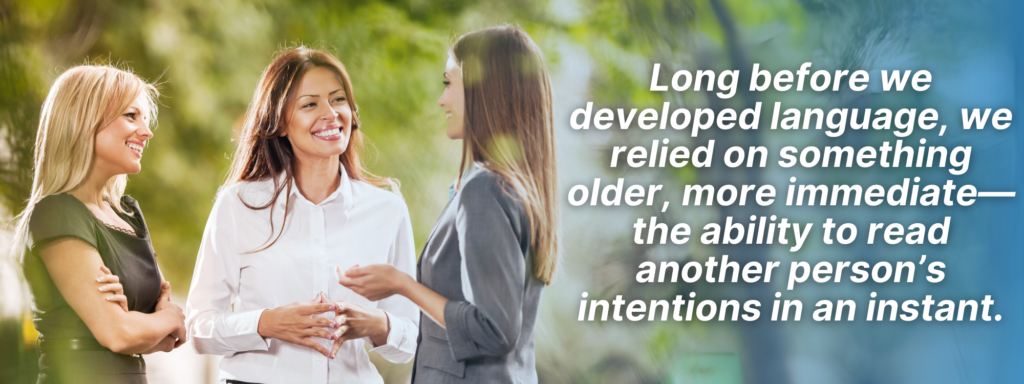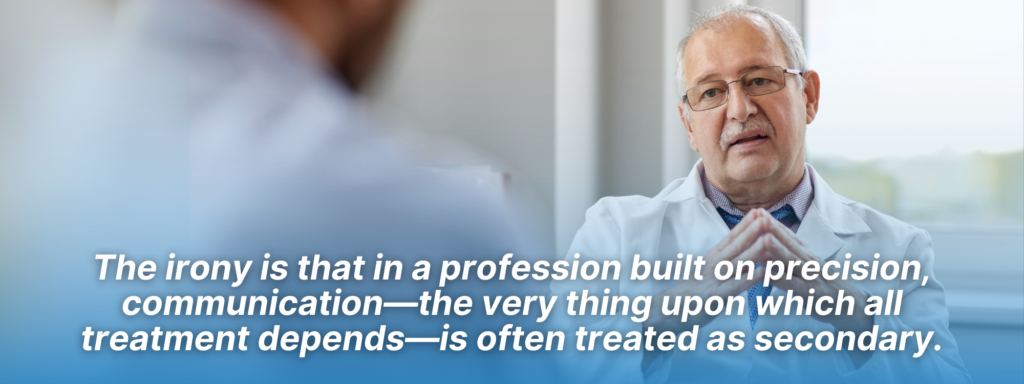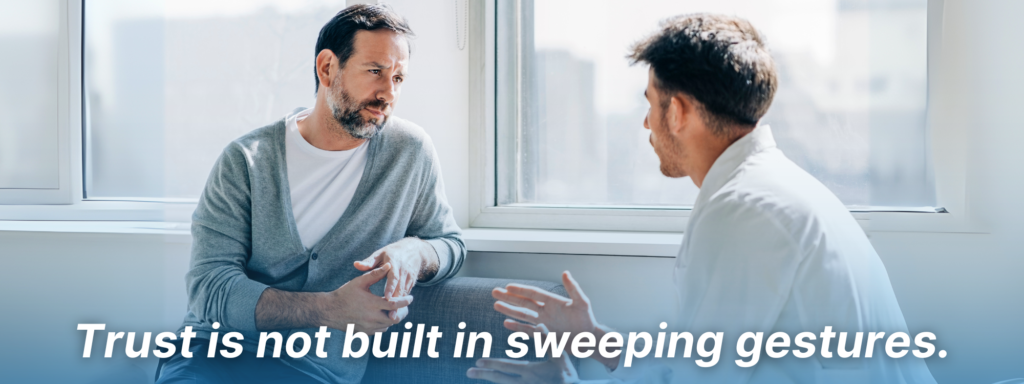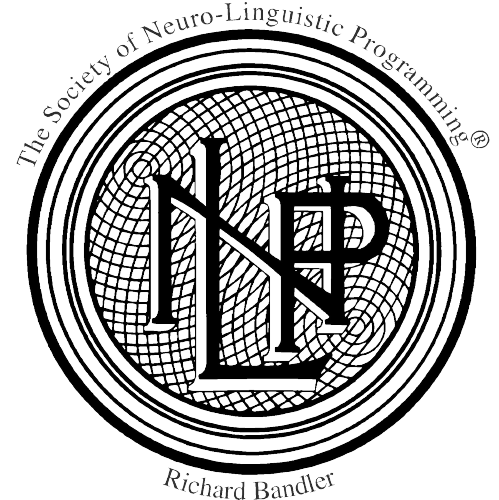The Waiting Weight
A medical examination room is not designed for comfort. It is built for efficiency, for sterility, for the smooth running of procedures that strip human complexity down to clinical categories. Yet, for the person sitting on the edge of that examination table, the room is rarely neutral. It hums with the weight of anticipation. Every detail—the crinkle of paper on the seat, the faint scent of antiseptic, the fluorescent lights too bright to be soothing—sharpens the sense that something is about to happen. The patient’s hands rest in their lap, but not quite still. Their mind rehearses the possibilities, replaying symptoms they have already explained in their head a dozen times. There is nothing to do now but wait.
Then, the door opens.
The figure entering the room is more than a medical professional. They are, for this moment, the gatekeeper of certainty. The one who will name what is happening, who will explain what comes next, who—whether they realise it or not—has the power to make this moment feel bearable or unbearable. It is in this first instant, before a single word is spoken, that something fundamental is decided.
Does the doctor step in briskly, clipboard in hand, already halfway through a greeting as they scan notes rather than meet the patient’s eyes? Or do they pause, even just for a moment, to acknowledge the person before them? Do they take in the patient’s body language, the nervous tapping of fingers against a sleeve, the hesitant lift of the chin? Do they let a moment of recognition settle between them, allowing trust to take its first breath?
The difference between these approaches is difficult to measure yet impossible to ignore. It is the difference between being processed and being seen.

An Ancient Negotiation
To understand why this first moment matters, we must step back from the examination room and into the deeper mechanics of human interaction. Long before we developed language, before we refined speech into complex systems of meaning, we relied on something older, more immediate—the ability to read another person’s intentions in an instant. The first seconds of any encounter are an unspoken negotiation: Are you a threat or an ally?
A medical setting is no exception. If anything, it amplifies the stakes. The patient may have come seeking medical expertise, but their body and mind are scanning for something more primal: reassurance. Their concern is not only What is wrong with me? but also Am I safe here?
There is a reason ‘bedside manner’ is spoken about as if it were an intangible gift, something a doctor either possesses or does not. But what we call bedside manner is not a mysterious trait—it is fluency in this silent negotiation. The ability to enter a room in a way that does not introduce tension but dissolves it. The ability to convey, in ways far more powerful than words: You are in good hands.
This is not indulgence. It is not mere politeness. It is a crucial part of treatment itself.

When Words Are Not Enough
We like to think that facts speak for themselves. That a doctor’s job is simply to deliver accurate information, and that the responsibility of understanding and responding belongs to the patient. But human beings do not work that way. A diagnosis is never just a piece of data. It is an existential event. It does not merely describe a medical condition—it alters a person’s sense of their own body, their future, their identity.
The irony is that in a profession built on precision, communication—the very thing upon which all treatment depends—is often treated as secondary. We train medical professionals to detect symptoms with skill, to interpret test results with accuracy, to make decisions with confidence. But we spend far less time training them in the art of delivering those decisions in a way that can be received without fear overtaking understanding.
Consider the moment a serious diagnosis is given. The doctor, trained to be direct, delivers the facts cleanly and concisely. The patient nods. The doctor moves on to treatment options. But the patient is no longer listening. Their mind has stopped at the first sentence, caught in an invisible loop of What does this mean for my life? How do I tell my family? Will I be the same person after this?
A skilled communicator recognises this. They know that understanding is not a passive event but an active process. That a patient’s ability to absorb medical information depends on more than their cognitive capacity—it depends on whether they feel safe enough to engage with it. The same words, spoken with a shift in tone, a moment of pause, a glance that acknowledges I know this is difficult—these small differences can change whether a patient walks away feeling shattered or feeling held.
And the consequences of this are not just emotional. They are practical. Patients who feel unheard are less likely to trust medical advice. They are more likely to seek alternative explanations, to delay treatments, to disregard recommendations. A single moment of dismissiveness—however unintentional—can mean the difference between adherence and avoidance, between a manageable condition and a worsening one.

The First Breath of Trust
Trust is not built in sweeping gestures. It is built in the quiet details that shape the patient’s experience long before a treatment plan is discussed. A doctor who remains standing while a patient sits—towering unintentionally, creating a physical imbalance—communicates something different from a doctor who lowers themselves to the patient’s level. A voice that rushes to the point sounds different from one that modulates, allowing the patient to keep pace. A hand resting lightly on a knee before delivering difficult news does something that even the most carefully chosen words cannot.
None of these things take additional time. None of them require extra training or resources. Yet they have the power to transform an interaction from something procedural into something profoundly human.
The first breath of trust in a medical encounter is not found in the prescription pad, nor in the test results, nor in the treatment plan that will be discussed in the minutes that follow. It is found in that first, fleeting moment—when a patient’s unspoken fears meet the quiet, deliberate presence of another person who is willing to bear witness to them. It is found not in what is said, but in the way that silence is held.
And in that silence, before anything else has happened, healing has already begun.



